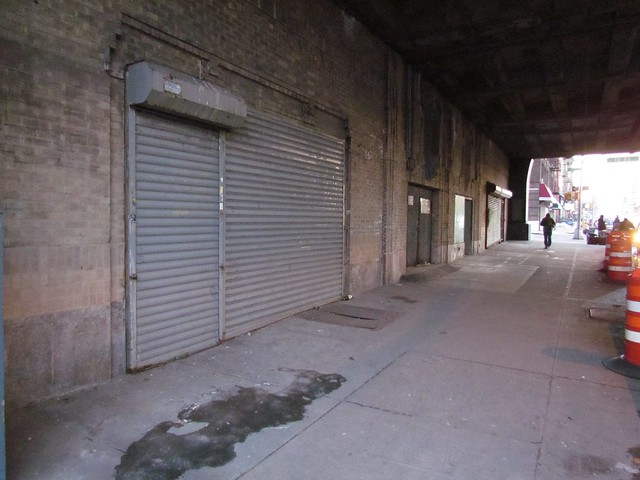A few weeks ago, Alex Bell, the brother of a long-time classmate and baseball teammate of mine, e-mailed me about a project he’s working on. A lifelong New Yorker, Bell wanted to use something prevalent — smartphones — to track subway trains. Instead of a complicated and expensive technology solution to real-time train location systems, Bell believes he can, in his words, “use the sensing capabilities of the smartphone to map the current location of all the NYC subways in real time.”
Enter the Subway Arrival Mobile Phone application. By using passive data and Base Station ID numbers, those who opt into Bell’s project can assist in providing essentially background data on train location. Bell pondered those who know where a train is when and determined that the short list includes the people on the train, the conductor, the MTA control room and, most importantly, those who have just gotten off the train.
“In a perfect world,” Bell said to me, “all I would have had to do was write a simple application which let users broadcast that they had left such and such train heading downtown. But of course no busy New Yorkers would have engaged in that, which is called participatory sensing. Instead I had to devise a method of using opportunistic sensing — sensing that doesn’t involve the user.”
To accomplish this, Bell focused on the BaseStation Identification number, which provides information on which cell tower is sending and receiving data to that phone. The application, he says, looks for periods of “no reception underground coupled with a large distance change.”
“By using some signal processing algorithms the false positives are weeded out and the results are sent, anonymously, to a server,” he explained. “I have optimized the application to have almost negligible effect on battery life. And by keeping the data anonymous, the security concerns are removed.”
This is crowdsourcing at its finest, and it just might work. To allow for differences in, say, walking speed or mobile signal pick-up, the application relies on a hidden Markov model to adjust the time variables. Of course, though, the app still relies on a critical mass of people to make it work. “As I have constructed it, when more and more users download the free application their phones will start reporting the location of the trains. The annotated Google Map, on both the phone and the website, will show icons which indicate which train and traveling in which direction,” Bell notes. “I may configure the server to also approximate arrival times; however, i think it may be more intuitive to see the icon approaching your station. The biggest IF I see is that if not enough users download the app then the data will be spotty and incomplete. Then users will delete the app before it had reached the critical mass of people to make it truly useful.”
Recently, Bell has updated the map to include confidence intervals based upon the amount of data he has collected, and he is working on building an API so other developers can take advantage of the platform. Currently, Bell is maintaining a Twitter feed and is part of the NYC Big Apps competition. It’s certainly a solid idea behind a problem that has plagued the city’s subway system for years.

 For those of us who are following along as the MTA moves ever so slowly with its great public works projects, an event on Tuesday at the Museum of the City of New York is right up our alleys. Entitled “
For those of us who are following along as the MTA moves ever so slowly with its great public works projects, an event on Tuesday at the Museum of the City of New York is right up our alleys. Entitled “












